Spain’s Paradors
Relaxation is paramount at these unique, state-run hotels, which are brimming with heritage and majesty, claims Harriet O’Brien
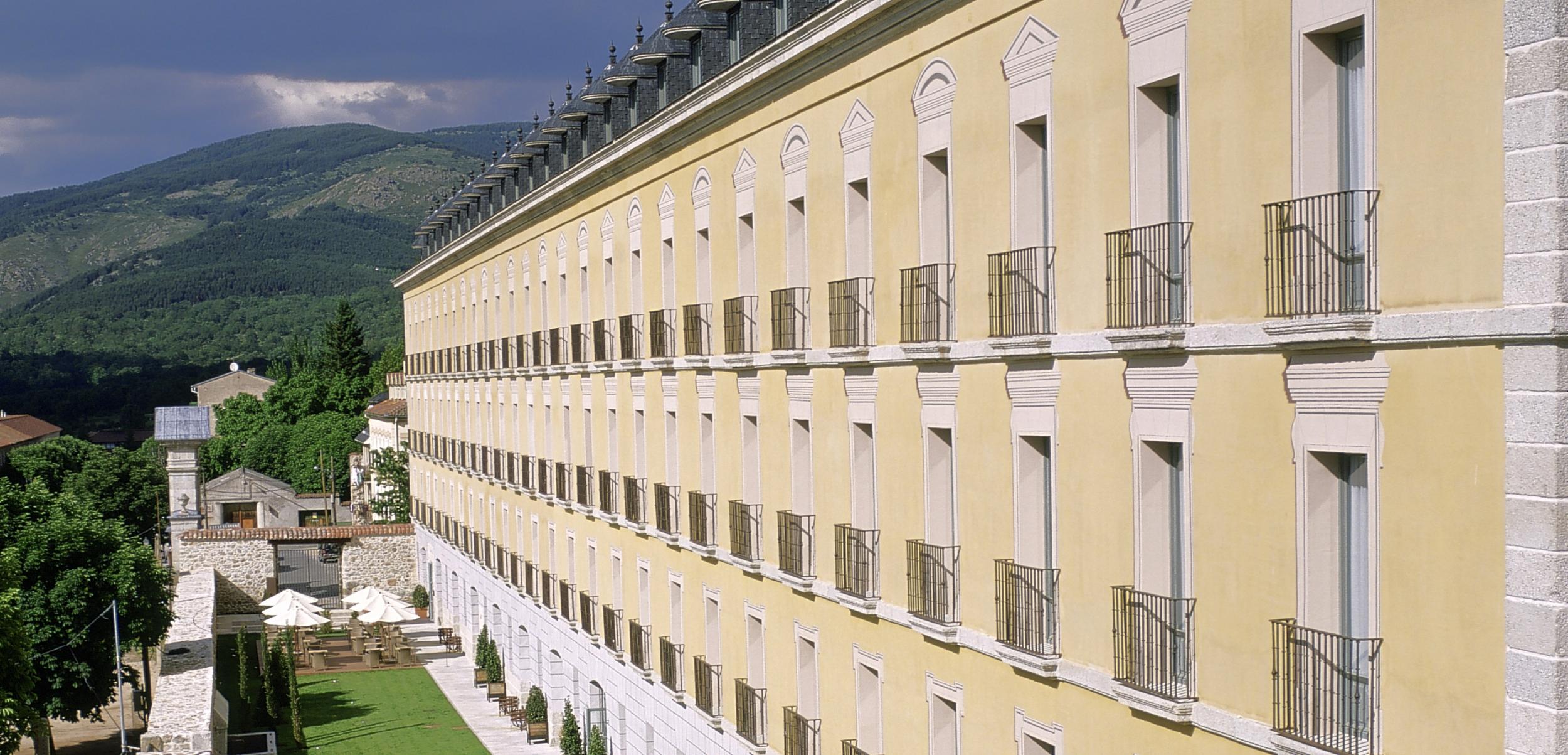
As I sink into a pool of bubbles, jets and cascading water I wonder what Gabriel and Antonio would have madeof such indulgent delights. Along with a steam room, thermal beds and an array of sensational showers, this hydrotherapy facility is part of a wonderfully indulgent spa that has been developed in the house that their father, Charles III of Spain, built for the two boys.
In 1770, the king ordered the construction of Casa de los Infantes close to his summer palace – improbably named La Granja (the farm) – in the magnificent Sierra de Guadarrama mountains, today just over an hour’s drive from Madrid. The house created for his sons is a classically elegant property that was opened in 2007 by King Juan Carlos, as one of Spain’s 93 Parador hotels.
Like all these uniquely Spanish, state-run hotels, it is a comfy-chic celebration of both the country and the local culture. In old-new Parador de la Granja (doubles from €218, B&B), décor is a pared-back harmony of greys and creams, uplifted by a few striking, modern sculptures and dotted with antiques. The corridors are punctuated by display cabinets showing intriguing antiquarian books and butterfly collections. With its spa, this is a place to relax, dine well (like all Paradors, it has an excellent restaurant) and enjoy the surroundings. The main palace building is now a museum, beyond which lie spectacular gardens (free entry), which are a sort of mini Versailles created by King Philip V of Spain, the grandson of Louis XIV of France.
I also take in the nearby glories of Roman and medieval Segovia, stopping on the way at Segovia’s own Parador (doubles from €206, B&B). Not all Paradors are ancient: this building was beautifully constructed in the late 1970s to answer a need for good accommodation, then lacking in the area.It commands stupendous views over the ancient city and, in keeping with all Paradors, is staffed by enthusiasts. The joy of working here, they tell me, is that the emphasis is on excellence. And, like all Paradors, they’re not driven by profit so much as sheer quality. For information on all of Spain’s 93 Paradors, visit parador.es/en
Go wild
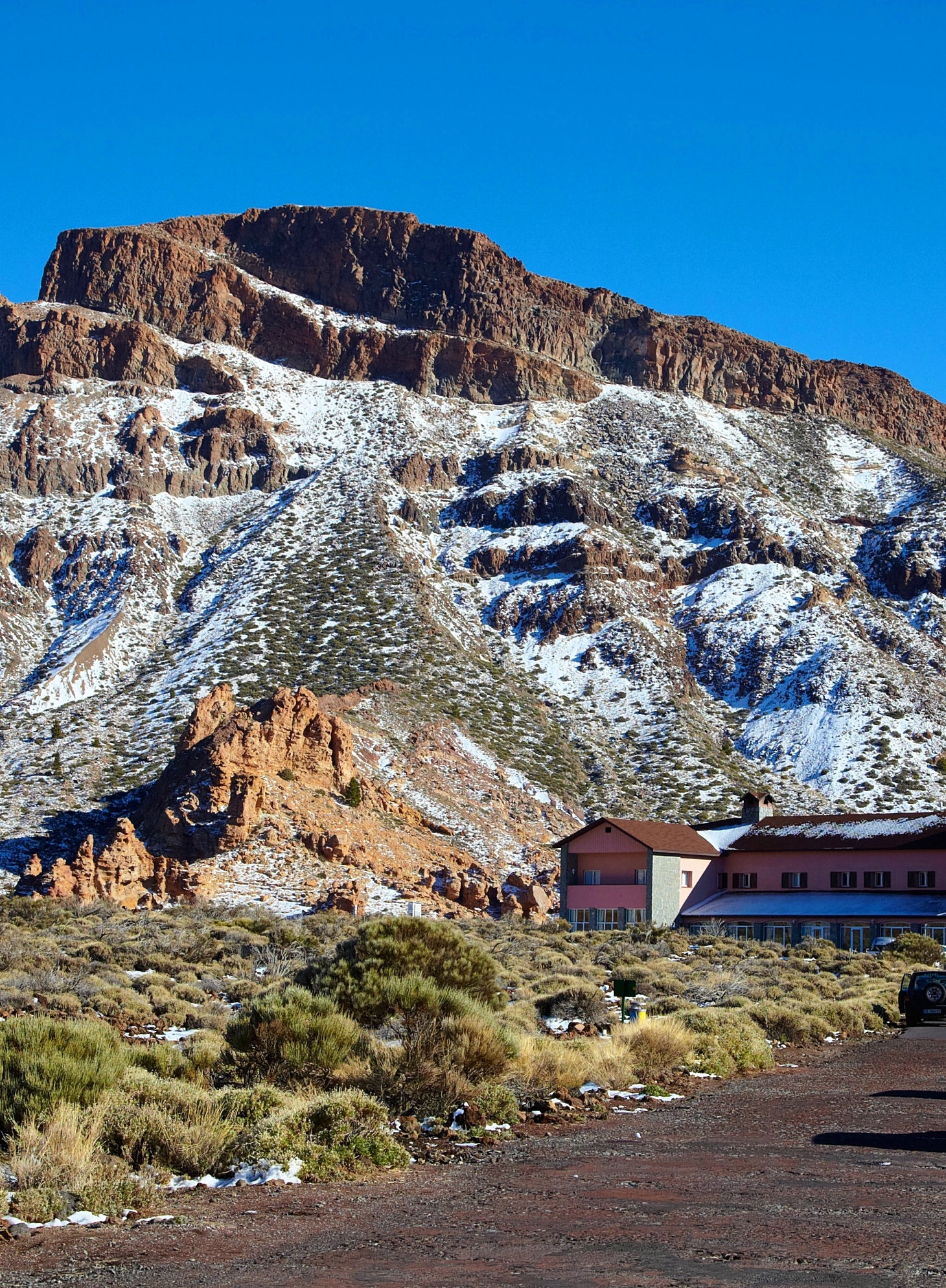
Get off the beaten track at a mountain Parador. For superlative views, head to Parador de Fuente Dé (doubles from €142, B&B), a 1960s lodge in the Liebana district of the Picos de Europa National Park near the country’s north coast.
Go hiking, canyoning, canoeing – and take the cableway that runs from the hotel to the staggering Áliva viewpoint.
There’s more action at Parador de Artíes (doubles from €176, B&B) in the craggy Catalan Pyrenees: in summer, hike in the wonderfully wooded setting of this traditional lodge; in winter, ski at nearby Baqueira-Beret.
Up in the Huesca Pyrenees, the handsome, stone-built Parador de Bielsa (doubles from €166, B&B) lies in the Monte Perdido National Park, declared a Unesco World Heritage site in 1997.
For sheer spectacle, go to Parador de Las Cañadas del Teide (left, doubles from €188, B&B) on Tenerife. This purposebuilt hotel sits in a glorious volcanic landscape, offering great walks by day and prime stargazing at night. The Parador holds free sky-watching talks on Friday evenings.
Cultural quests
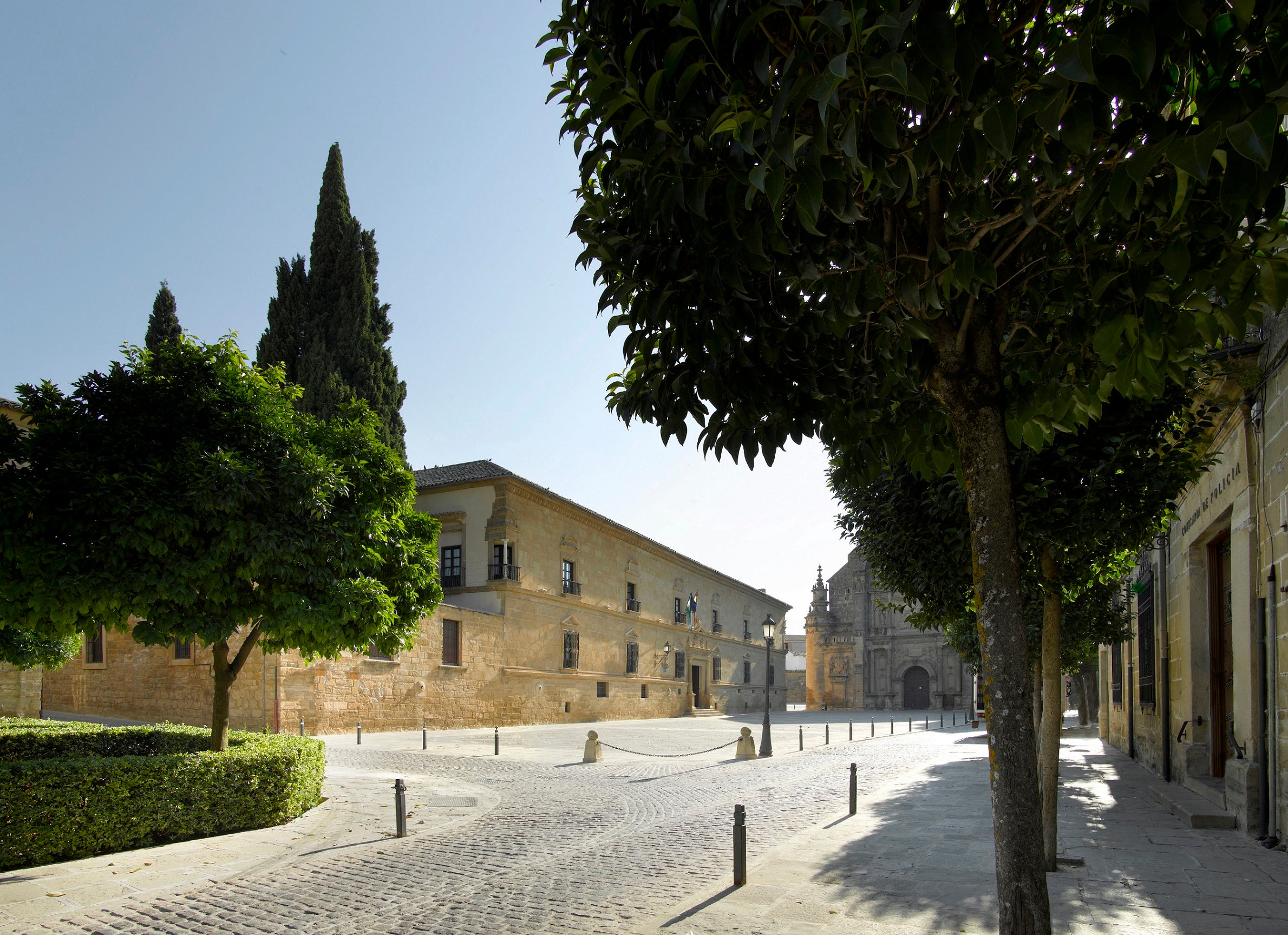
You get a double whammy of spectacular heritage at many Paradors. At least 30 are fashioned from fabulous old buildings in towns and cities celebrated for their historic sights – Ávila, Cuenca, León, Tortosa and more. Not only are there former palaces with flamboyant furnishings, but also monasteries with contemporary creature comforts, and fairy talelike castles.
In Extremadura, the Parador in medieval Zafra (doubles from €197, B&B) bristles with 15th-century ramparts. In Andalucía, Ubeda (right) is an apotheosis of Renaissance architecture; standing on its most beautiful square, its Parador (doubles from €224, B&B) is a 16th-century palace.
Zamora in western Spain is liberally endowed with Romanesque churches and has a lavishly furnished Parador (doubles from €244, B&B), its tapestries and suits of armour reflecting its 15th-century origins. The jewel in the Parador crown is in Granada in Andalucía. Dating back to the 14th century and variously a mosque, palace and convent over time (doubles from €382, B&B), this breathtakingly serene hotel lies in the heart of the Alhambra palace complex
Havens of wellbeing
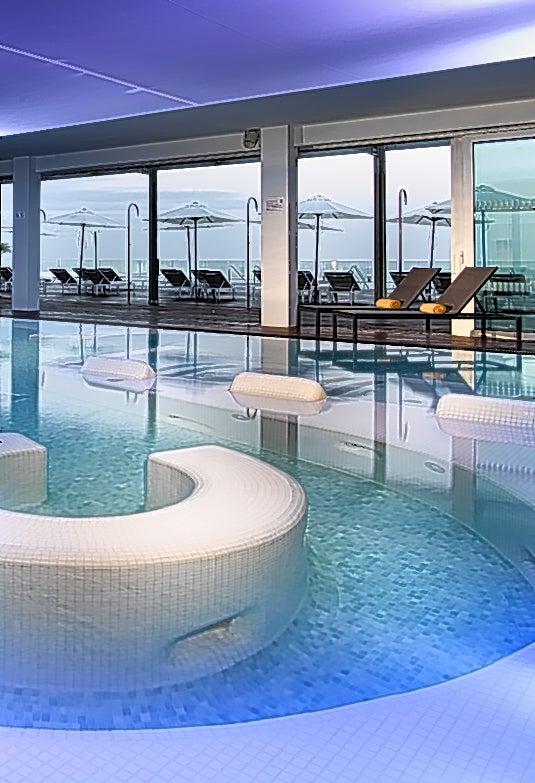
From sleek swimming pools to ice fountains, you’ll find stateof- the-art spa facilities at around a dozen Paradors. Step into any of these havens of wellbeing and you’re pretty much guaranteed to feel soothed even before you select a treatment. The spa at Parador de Cruz de Tejeda (doubles from €193, B&B) on Gran Canaria was added in 2010, complete with hydro pool, solarium and sauna.
Parador de Cádiz (right, doubles from €293, B&B) is a hi-tech design hotel whose spa overlooks the sea and offers hydromassage pools, aroma mist showers and treatments that include a Sweet Indies Chocolate Ritual based on cocoa, once the chief trading commodity of Cádiz.
Some of the most striking Paradors are new buildings that incorporate archaeological elements of a historic property.
Parador de Corias (doubles from €170, B&B) in Asturias is set in an 11th-century monastery and has a magnificent spa with bi-thermal showers. Perhaps best of all for a mix of ancient and modern is Parador de Alcalá de Henares (doubles from €188, B&B), an ultramodern establishment built around a 17thcentury convent. Its spa is a remarkable space, where the thermal baths are enhanced by dramatic mood lighting.
Make waves
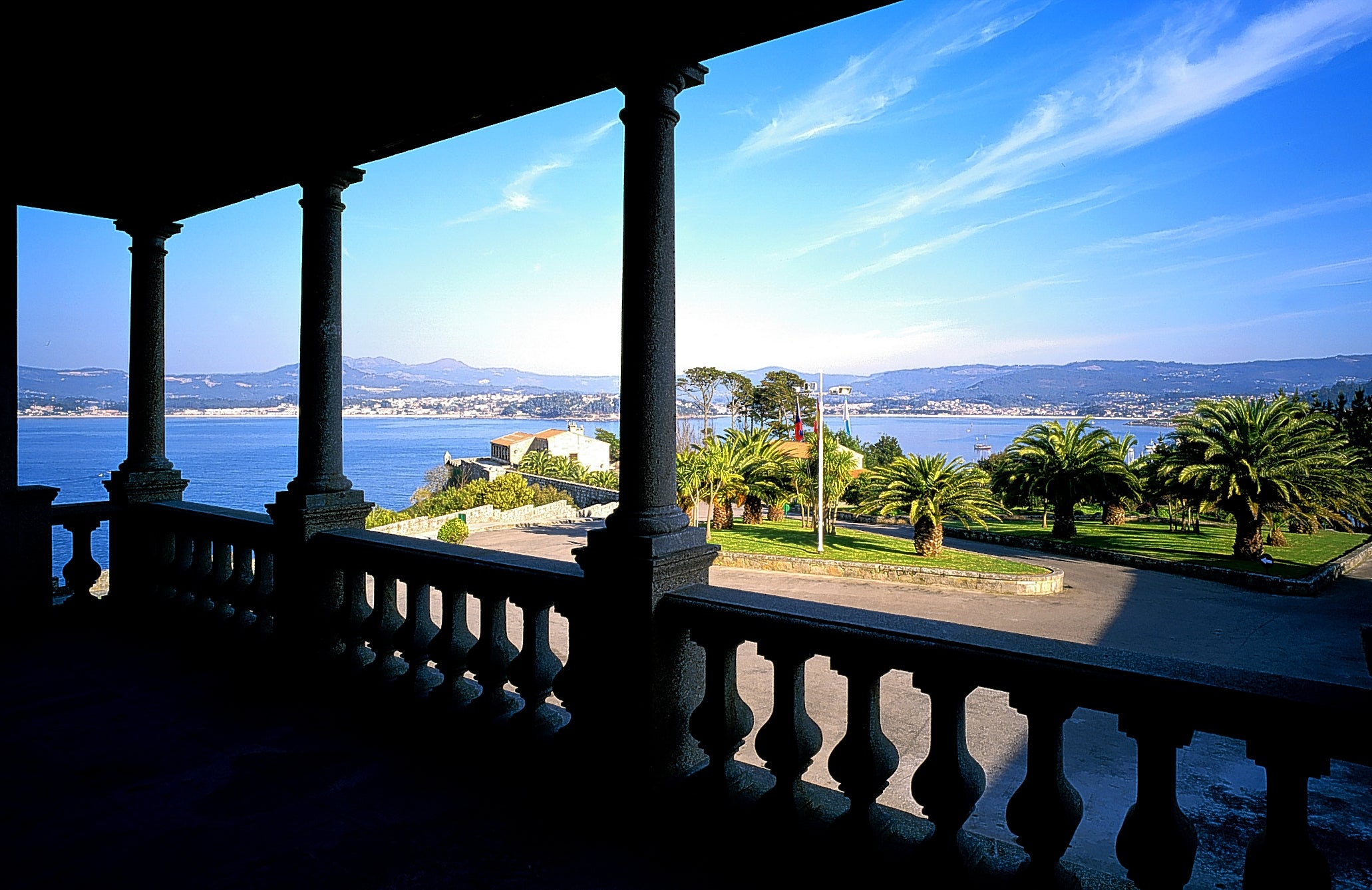
Paradors sit in prime position at some of Spain’s most appealing coastal locations. Paradorde Jávea (doubles from €205, B&B) is practically on sandy El Arenal beach on the Costa Blanca. Stroll through the palm-filled garden of this contemporary building and you’re at the sea – with Jávea’s cobbled old town nearby.
Further south, in an area basking in 3,000 hours of sunshine a year, Parador de Mojácar (doubles from €166, B&B) is a sleek, Cubist-like property set back from a Blue Flag beach.
Over on the north-west coast, Parador de Baiona (doubles from €290 B&B, above) is a terrific hotel on the Monterreal peninsula. It is set in a Galician manor house, which forms part of a fortress that guarded this coast from marauders (Francis Drake among them) and offers amazing views as well as a wonderfully beamed interior.
Fabulous feasts
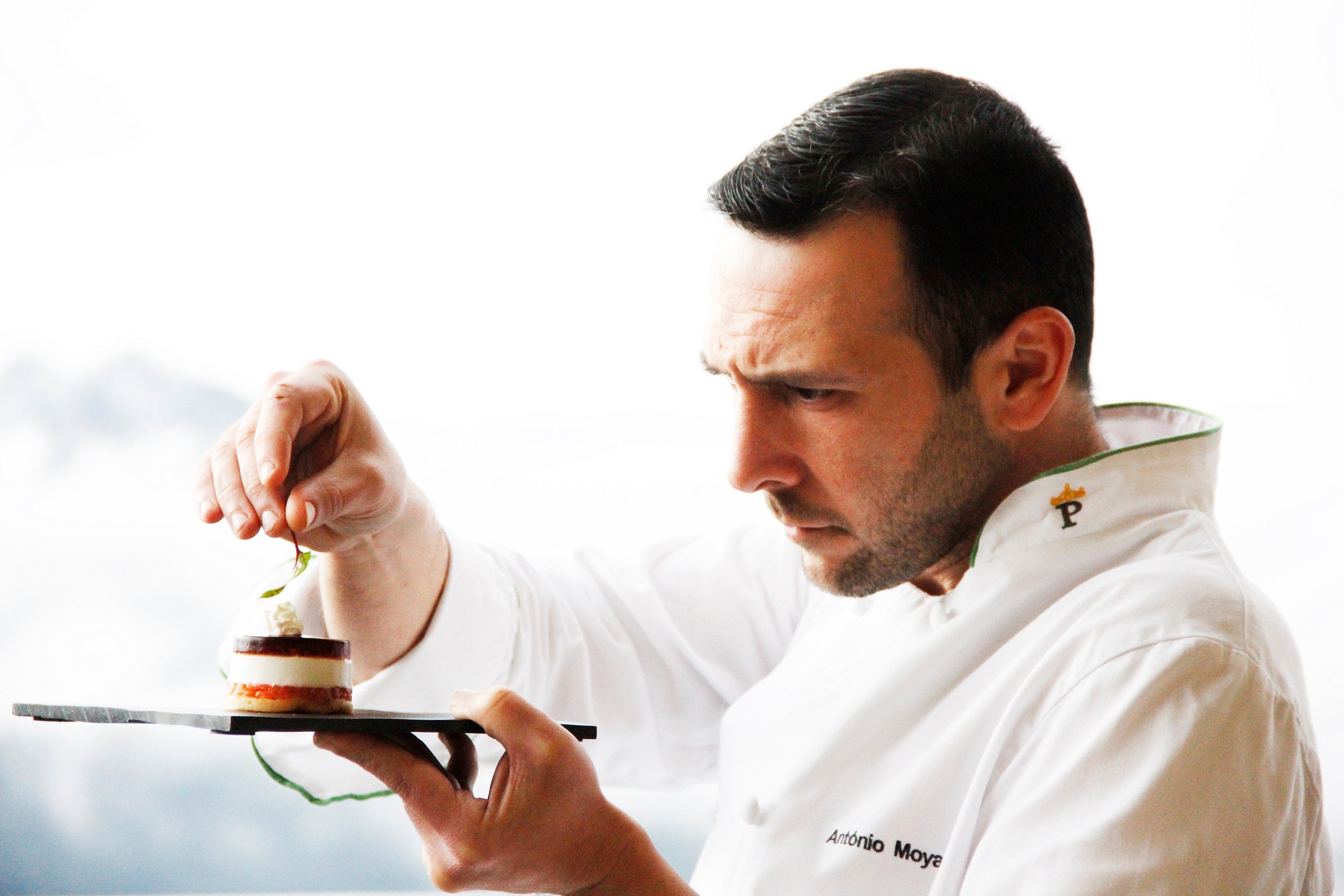
From delicious lobster to Iberian sirloin with stuffed mushrooms, there’s a sensational range of gourmet offerings across the Paradors.
Back in the late 1920s and 1930s, the original Parador restaurants were conceived as showcases for local cuisine. Over the last decade or so, the boundaries of that remit have been inventively pushed, and traditional regional dishes have been given a modern twist.
In a recent survey, more than 150,000 diners nominated their favourite Parador dishes: among the most popular were venison at Parador de Cazorla in the Segura mountains of Andalucía (doubles from €249, dinner, B&B), and El Barco de Ávila beans with chorizo at Parador de Ávila (doubles from €257, dinner, bed and breakfast).
Like all gourmet outfits worth their salt, Paradors enjoy celebrating the chefs – and keep them on their toes by frequently holding competitions. Winners of this year’s inter-Parador tapas and pintxos contest to create the most exquisite small dishes were Antonio Moya Bolancel (below) of Parador de Ronda in Andalucía (doubles from €316 , dinner, bed and breakfast) and Diego Cordeiro of Parador de Cambados in Galicia (doubles from €254, dinner, B&B).
Follow the pilgrims
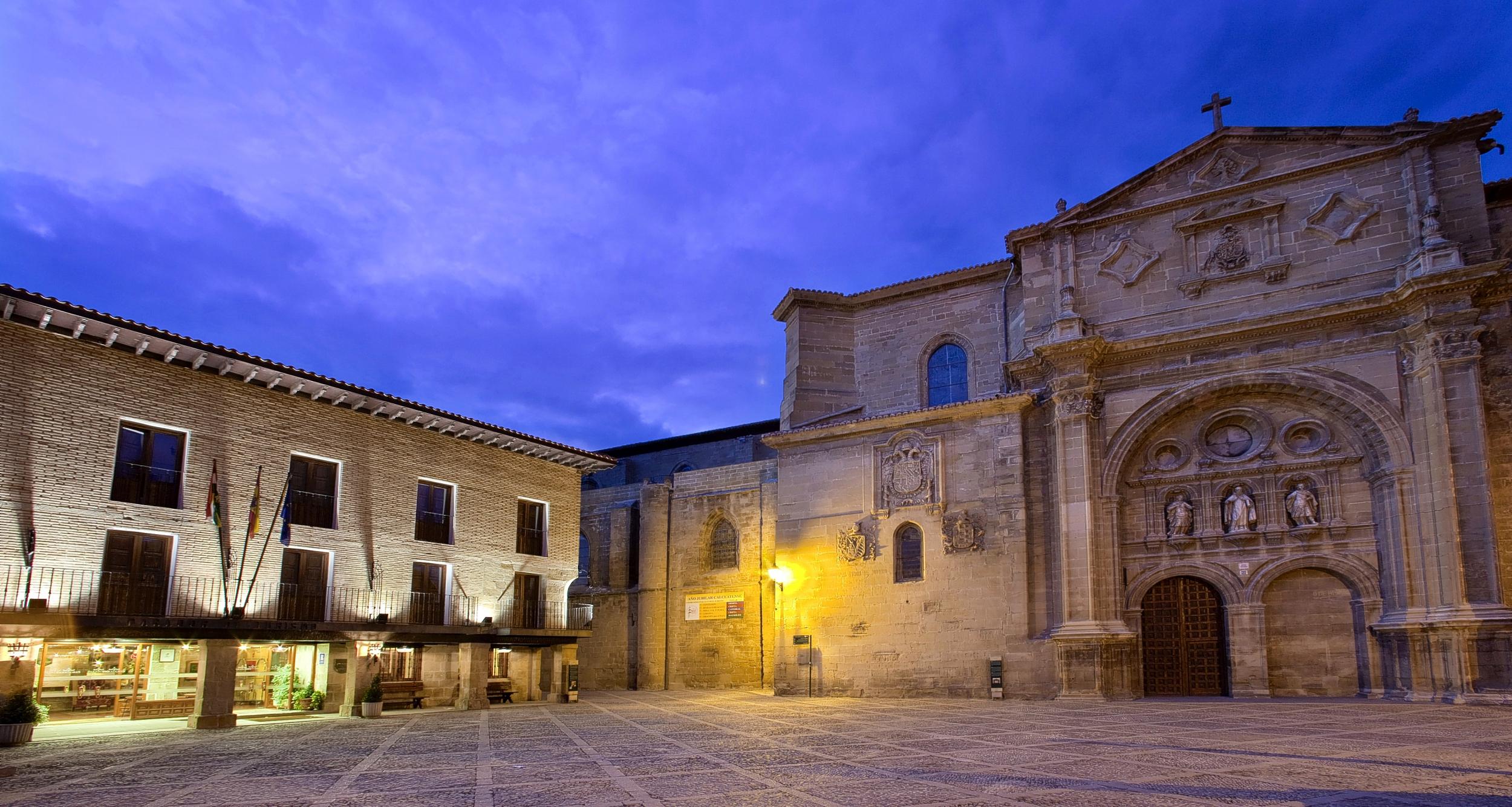
It would be impossible to overstate the importance of St James to Spain – and Europe. One of the 12 Apostles, the Patron Saint of Spain brought Christianity to the Iberian Peninsula, was martyred back in Jerusalem and then buried in Galicia in about 44 AD.
His abandoned tomb in Santiago de Compostela was rediscovered in 814 AD, and became the focus of at least eight major pilgrimage routes. Along the Camino de Santiago (Way of St James), monasteries accommodated pilgrims in hostels or “hospitals” – the earliest use of the word.
Several are Paradors today. In La Rioja, Santo Domingo de la Calzada (above) dates from the 12th century (doubles from €216, B&B). In León, Hostal de San Marcos (doubles from €235, B&B) is a gem of a Renaissance building.
In Santiago de Compostela itself, Hostal dos Reis Católicos (doubles from €287, B&B) was built in 1499 for footsore visitors to St James’s tomb.
Join our commenting forum
Join thought-provoking conversations, follow other Independent readers and see their replies
Comments
Bookmark popover
Removed from bookmarks